Japan, Arita, early Edo period, c. 1620-1640.
The deep dish decorated in underglaze blue with a stylized design of a chrysanthemum in a tripod planter within two continuous lines, surrounded by three floral sprays, the underside undecorated.
The body of the dish with a grey tone due to the presence of titanium in the clay. The cobalt blue ranges from light blue to very dark blue, almost of a black tone. The charming decoration has been done swiftly by an experienced and confident painter with a steady hand.
Early Japanese porcelain pieces were primarily crafted as food dishes, often produced in sets of five or ten and adorned with designs inspired by nature. The small dimensions of these dishes were influenced both by their intended use and the available production technology. The earliest Japanese porcelain was fired without the use of saggars, leaving the pieces vulnerable to scorching flames and flying ash within the kiln. Since larger items were more likely to be damaged during firing, potters opted to create smaller wares to reduce the risk of loss.
Dimensions:
Diameter 13.7 cm, height 4.4 cm.
Condition:
Very good condition with typical Shoki-Imari kiln ‘flaws’ in the form of pitting, some glaze pulling to both sides, some kiln grit adhering to the foot rim, slightly warped.
About Shoki-Imari:
At the beginning of the Edo period (1603–1867), porcelain was first produced in Japan. These early Japanese porcelain wares, intended for the domestic market, are referred to as Shoki-Imari (early Imari).
This development was influenced by the popularity of Chinese porcelain, which had been imported into Japan since the eleventh or twelfth century. The ever-increasing demand for porcelain, particularly for use in the Japanese tea ceremony by Buddhist monks and elite samurai, led to a significant influx of Chinese porcelain during the 1620s and 1630s. However, Chinese merchants struggled to keep up with this demand, prompting Japanese consumers to seek domestic alternatives.
They found this alternative in Arita, where many Korean potters had settled due to political events. In the late sixteenth century, Toyotomi Hideyoshi (1537–1598), the retired imperial regent (taiko) of Japan, launched two campaigns against Ming China via the Korean Peninsula. After these failed invasions, many of his commanders brought Korean artisans back to Japan as war captives.
It is said that porcelain clay in Japan was first discovered by a Korean potter named Ri Sampei at a mountain called Izumiyama, near the town of Arita. This discovery, combined with the expertise of the Korean potters, made the production of porcelain in Japan possible.
In conclusion, this shoki-Imari dish is a historic piece—a testament to a material culture that is both cross-cultural and domestic, influenced by Chinese and Korean pottery, as well as Japanese wares. It set the stage for the rich and diverse Japanese porcelain industry, which has thrived for many centuries to this day.
Worldwide registered and insured shipping.
Take a look at our other listings for more Asian art and antiques.
Inv. No: MW94



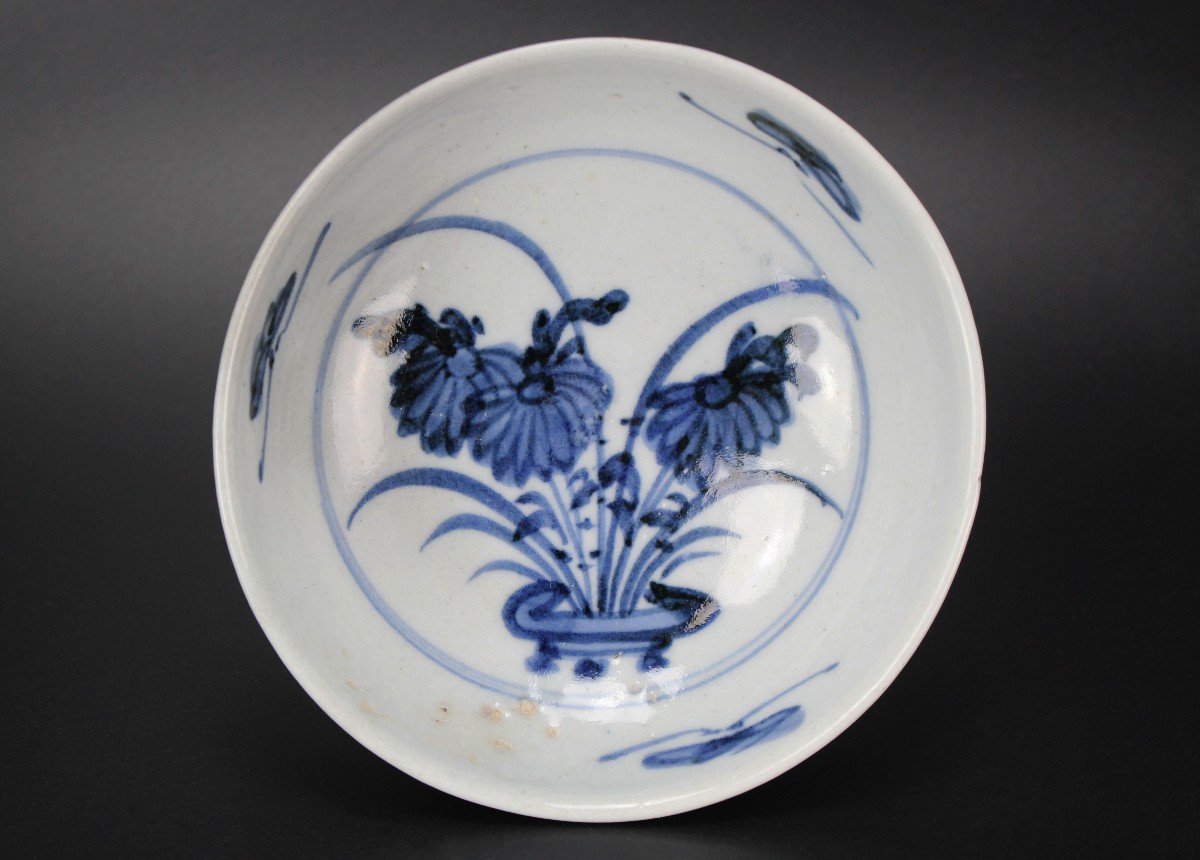
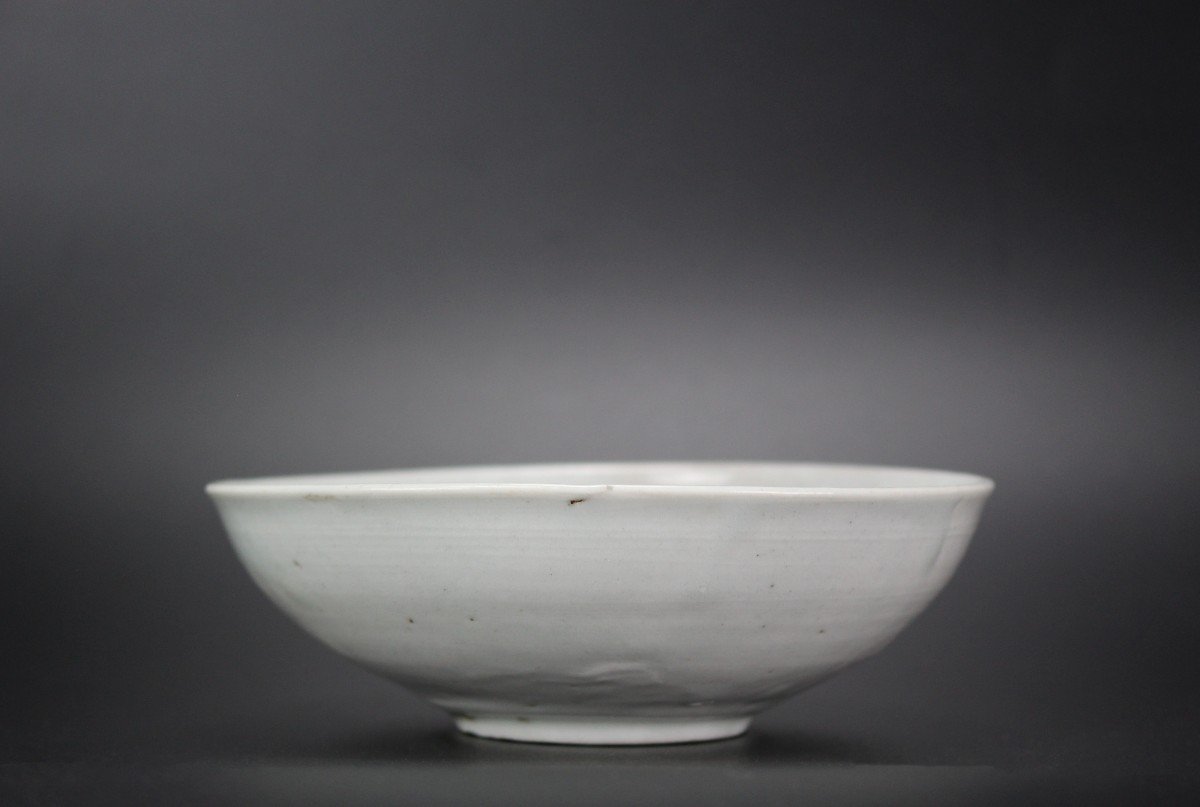
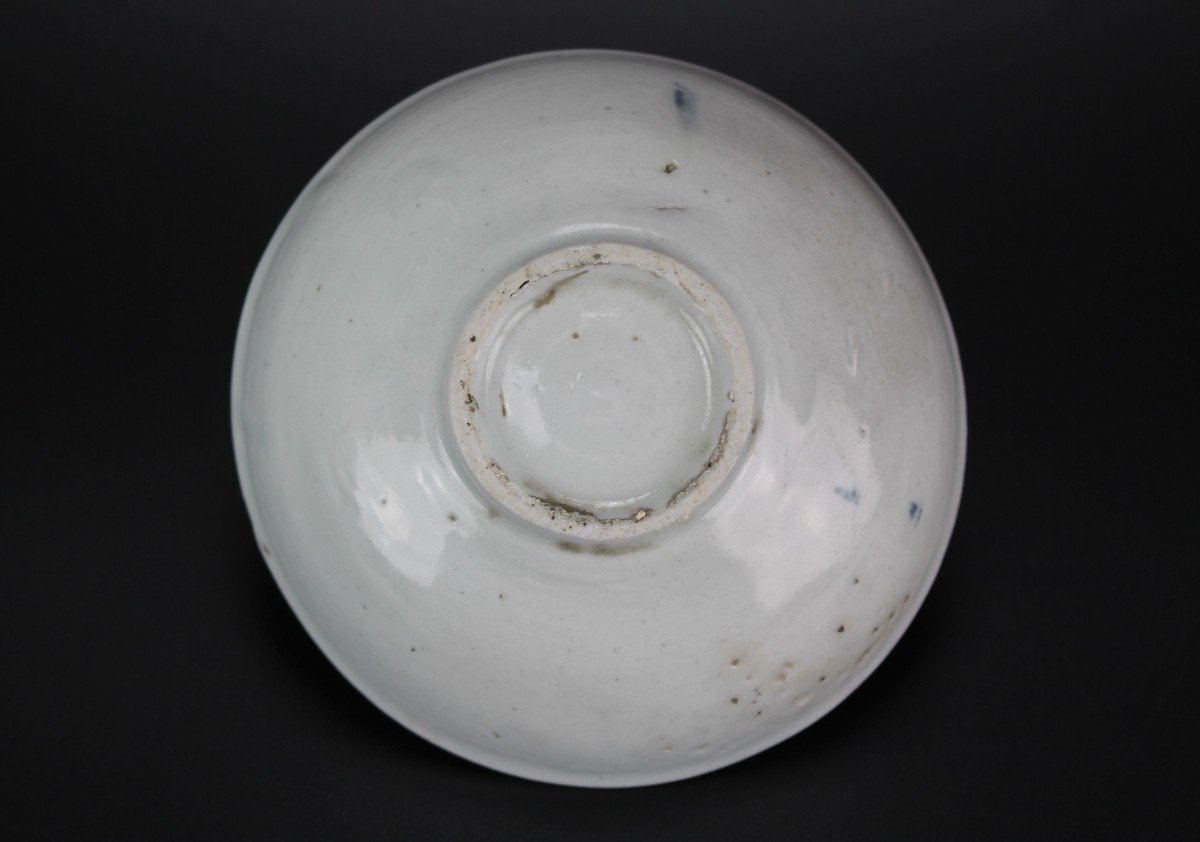


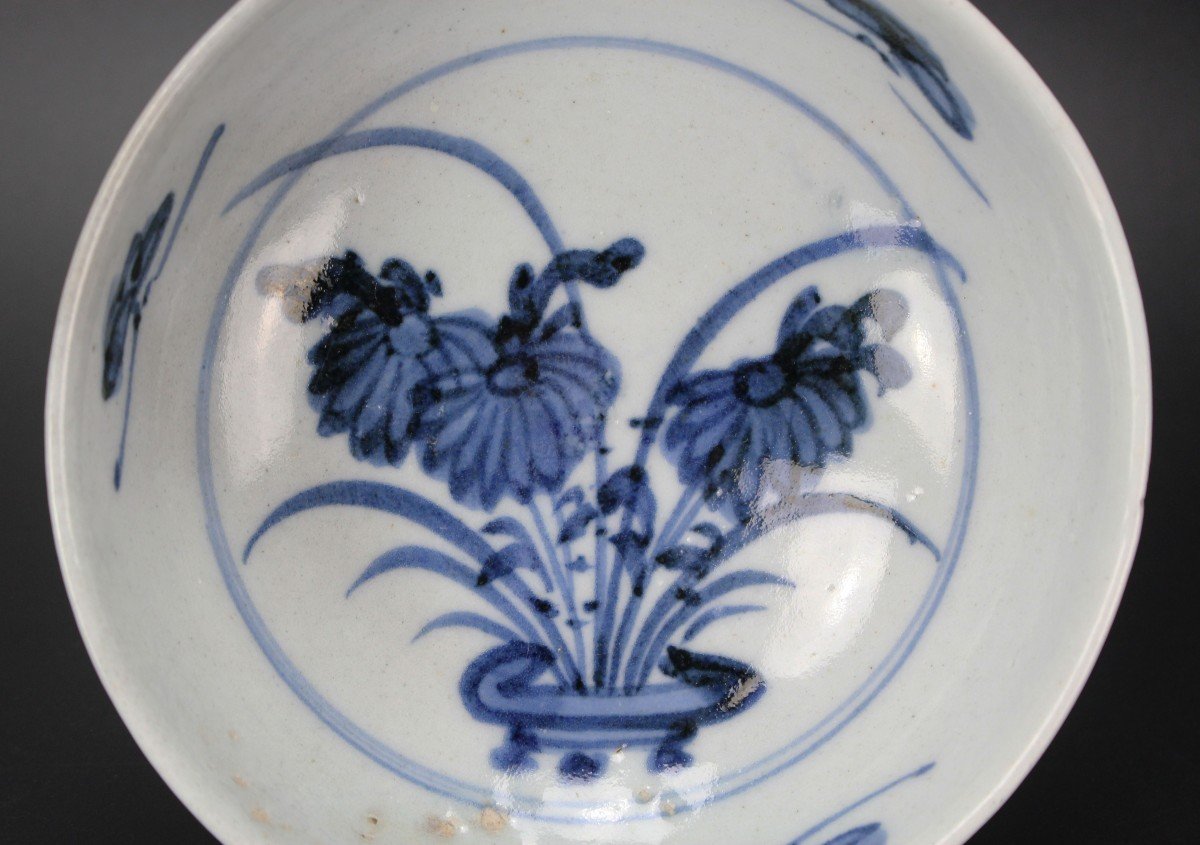
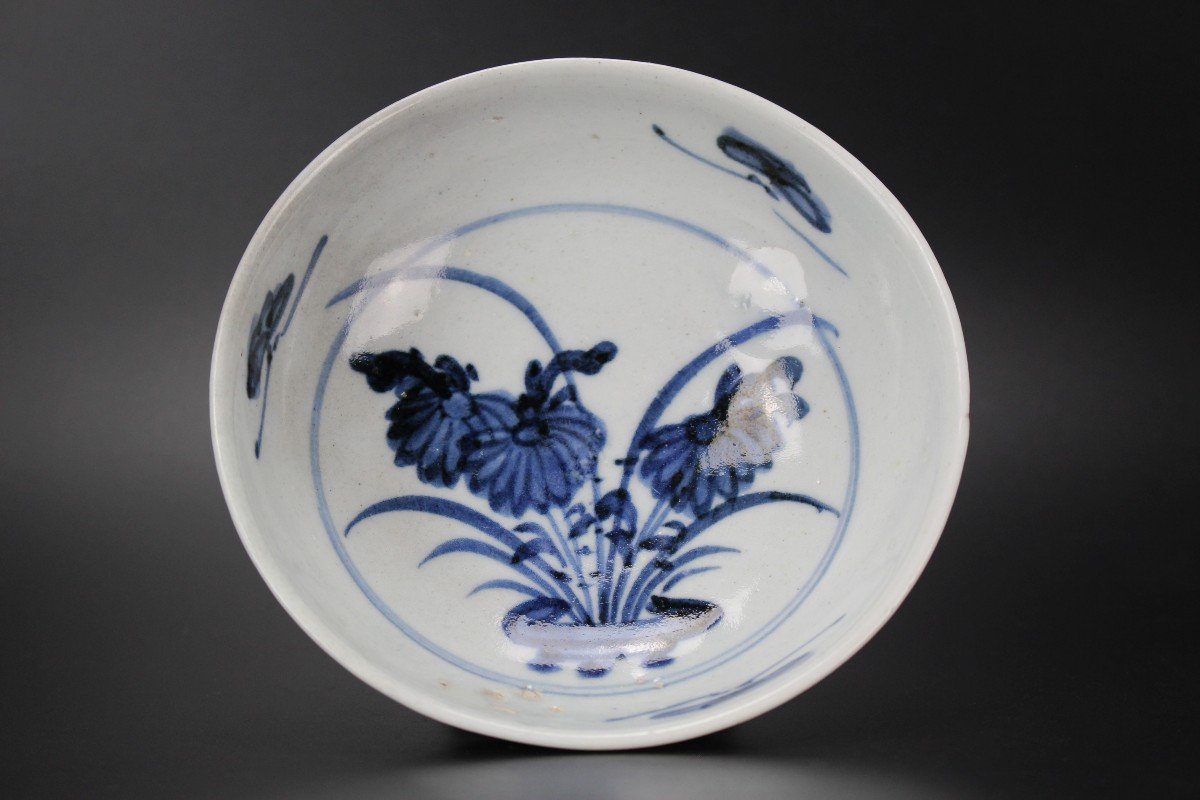



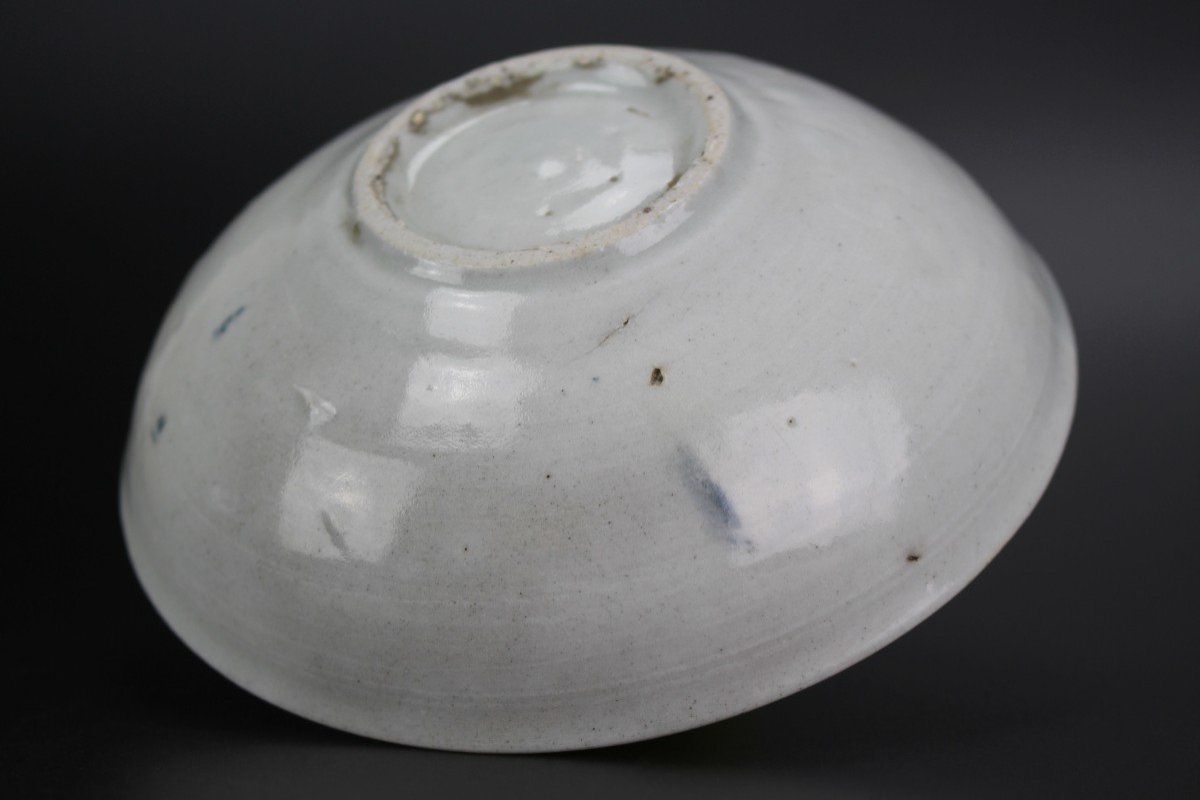
















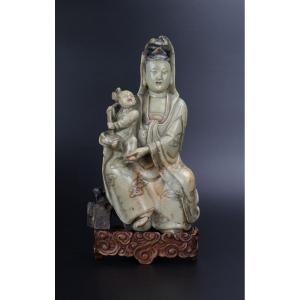

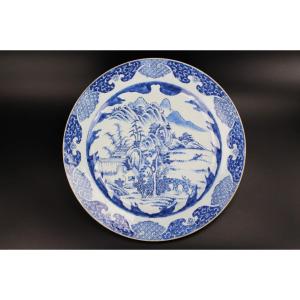







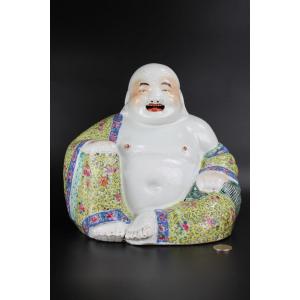
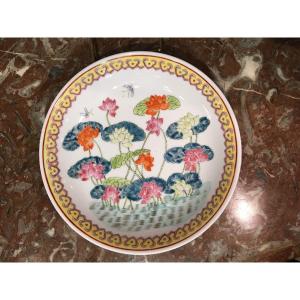


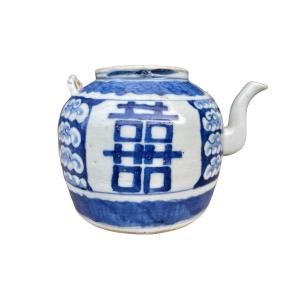




 Le Magazine de PROANTIC
Le Magazine de PROANTIC TRÉSORS Magazine
TRÉSORS Magazine Rivista Artiquariato
Rivista Artiquariato